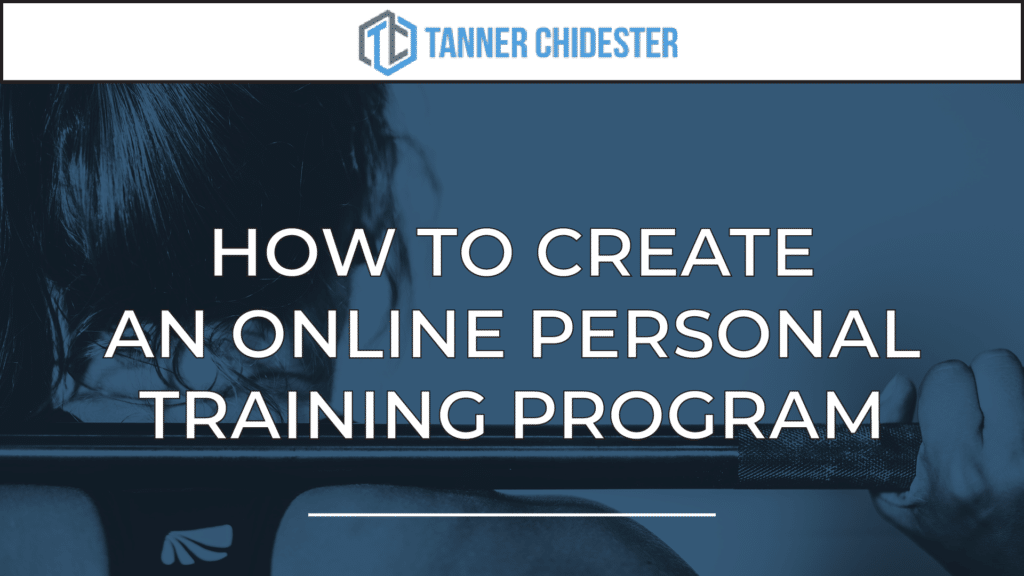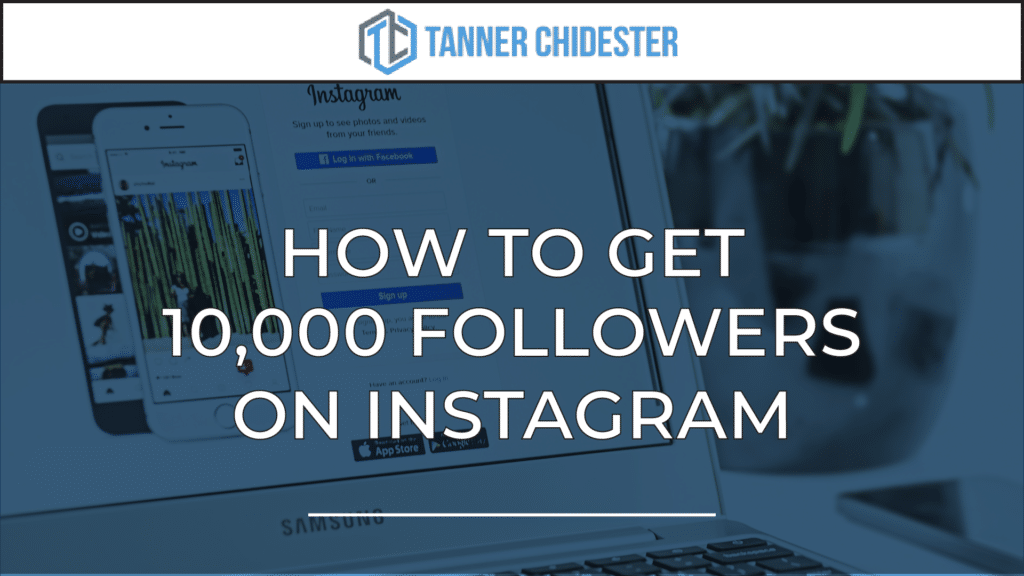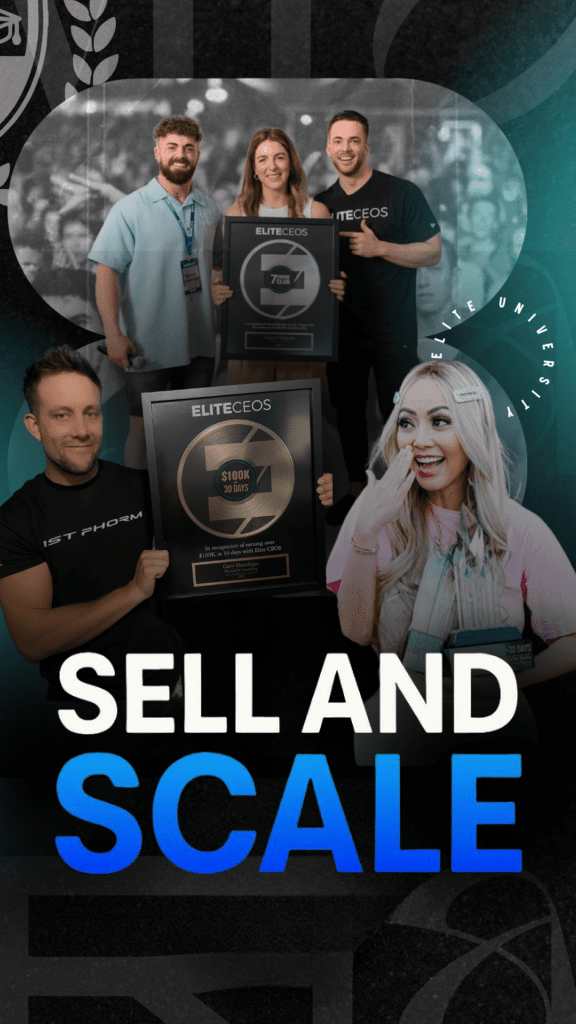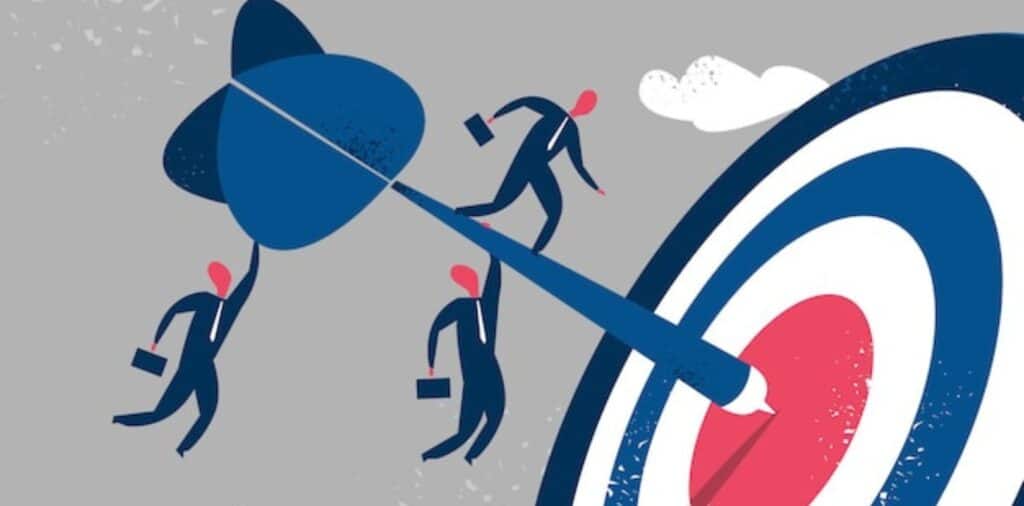
Introduction
When you hear someone say they’ve generated over $100 million in sales before turning 31, it grabs your attention. But what if I told you that this success wasn’t built on sheer luck but on strategic systems anyone can replicate? As the CEO of Elite CEOs, I’m Tanner Chidester, and I’ve helped thousands of entrepreneurs scale their businesses using a combination of high and low-ticket funnels. Today, I’m going to walk you through how these funnels work and why they’ve been so effective for me and my clients.
“The $100 Million Funnel Playbook: Tanner Chidester’s Proven Blueprint for Success”
Low Ticket Funnels: The Starting Point for Building Volume
Let’s start with low-ticket funnels. These are offers priced under $8,000, often sold through websites or webinars without requiring a phone call. Low-ticket items allow you to build a high-volume, low-risk sales machine, which can work wonders if you already have a massive following.
Pros of Low Ticket Funnels:
- No need for phone calls: This is a big time-saver, especially if you’re scaling.
- Lower risk: Refunds are easier to handle since you’re dealing with smaller amounts.
- Simplified fulfillment: The products are usually easier to deliver and scale.
Cons of Low Ticket Funnels:
- Requires a large audience: Without an extensive following, it’s challenging to generate meaningful revenue.
- Lower financial impact: Even if you sell a high volume of low-ticket products, it’s harder to change your financial situation dramatically.
For example, if you sell 100 items at $47, you’ve only made $4,700. That’s not bad, but compare that to selling just one high-ticket offer at $10,000—you’ve already doubled your earnings with a fraction of the effort.
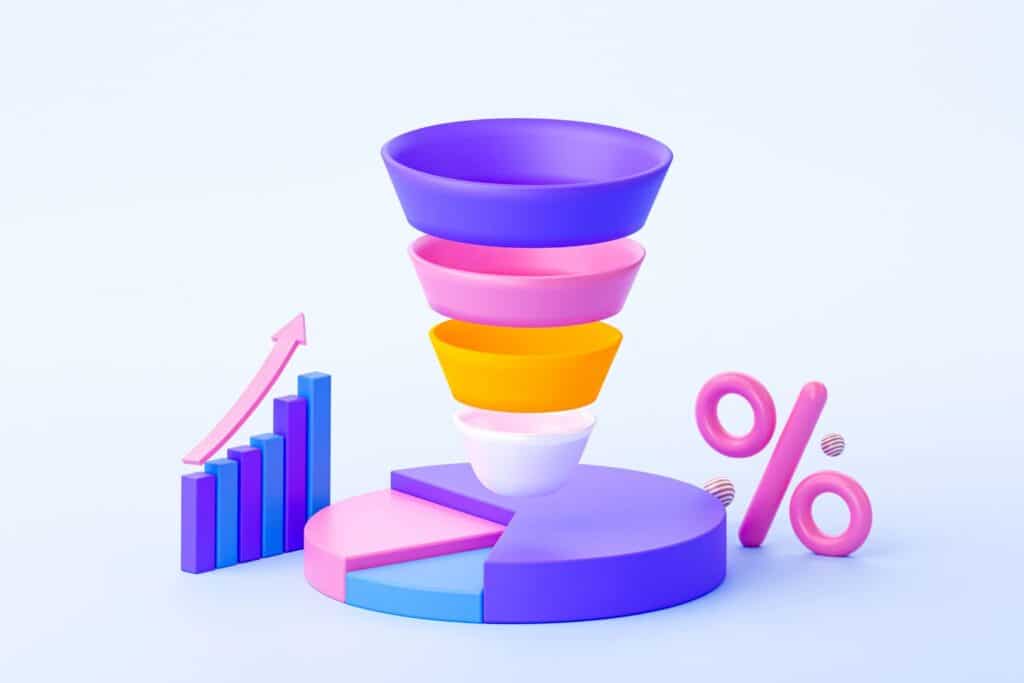
High Ticket Funnels: The Fast Track to Financial Transformation
High-ticket funnels, on the other hand, are focused on offers priced above $1,000, typically sold through a phone consultation or a high-touch process. If you want to change your financial situation fast, high-ticket is the way to go.
Pros of High Ticket Funnels:
- Easier to change your financial situation: A few high-ticket sales can have a massive impact.
- Lower volume required: You don’t need a large social media following or high traffic to make a substantial income.
- Phone calls build trust: Selling over the phone allows for more personalized interaction, making it easier to close higher-value sales.
Cons of High Ticket Funnels:
- Requires sales skills: You’ll need to become comfortable with selling over the phone and speaking with clients one-on-one.
- More hands-on: You’ll likely need to be more involved in the client experience compared to low-ticket products.
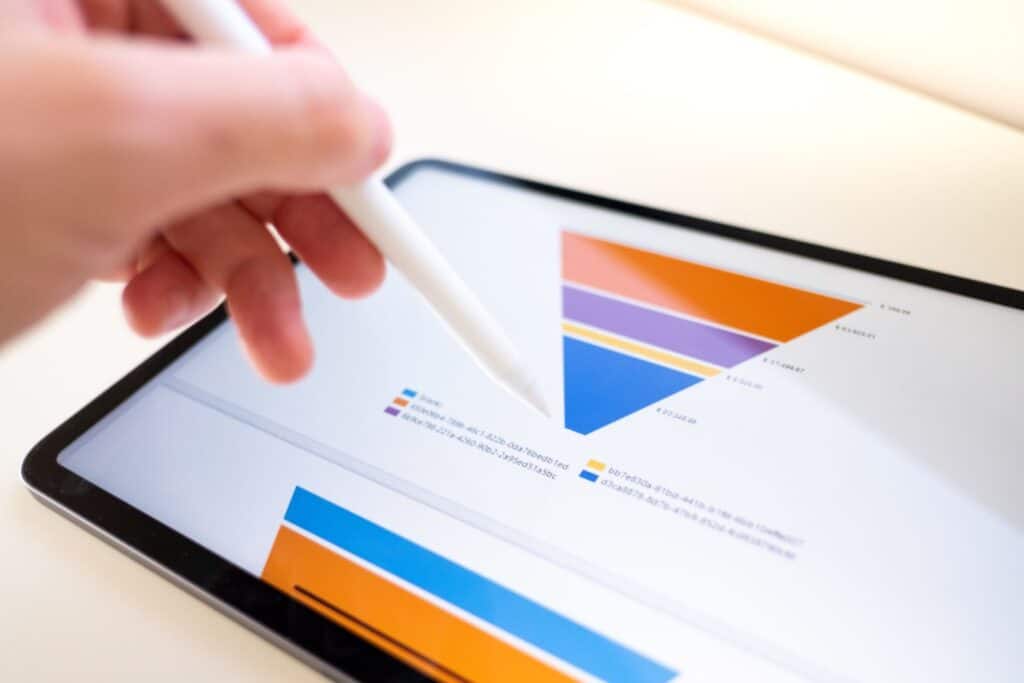
How We Made $100 Million: The Hybrid Approach
At Elite CEOs, we’ve found that a hybrid approach—combining low and high-ticket funnels—is the ultimate recipe for success. Here’s how it works:
- Low-ticket front-end: We start by offering a low-ticket product to get people in the door. This could be a course, an eBook, or even a mini-program.
- High-ticket upsell: Once the client has purchased the low-ticket item, we introduce them to our high-ticket offers through a series of follow-up automations, webinars, or phone consultations.
For example, in one of our funnels, we offer a low-ticket $4 product called the “4 Lead Generation Strategies to Maximize Your Business.” After that initial purchase, we present a series of one-time offers (OTOs) that bring the total cart value to around $595. The real magic happens after that when we push them to book a call for our high-ticket coaching program, where most of our revenue is generated.

Backend Automation: The Secret Sauce
A crucial element of this system is our backend automation. Using our Elite360.io software, we follow up with every lead relentlessly—whether through SMS, email, or retargeting ads. If someone clicks on our offer but doesn’t buy, we have a sequence ready to bring them back. If they do buy, we push them further down the funnel to book a call and close the high-ticket sale.

Final Thoughts: Which Funnel Is Right for You?
So, should you go low-ticket, high-ticket, or a combination of both? Here’s my advice:
- If you have a large following and want to create a hands-off revenue stream, low-ticket funnels can work well.
- If you’re just starting or need to make money fast, high-ticket is the better option.
- If you want to maximize your income potential, the hybrid approach—starting with low-ticket and upselling to high-ticket—is the way to go.
At Elite CEOs, we’ve mastered this system, and it’s made us—and our clients—millions. If you’re interested in building out a low or high-ticket funnel for your business, click the link below to book a free consultation. Let’s build something great together.
Thank you for reading, and as always, keep pushing forward.
Tanner Chidester
CEO, Elite CEOs


